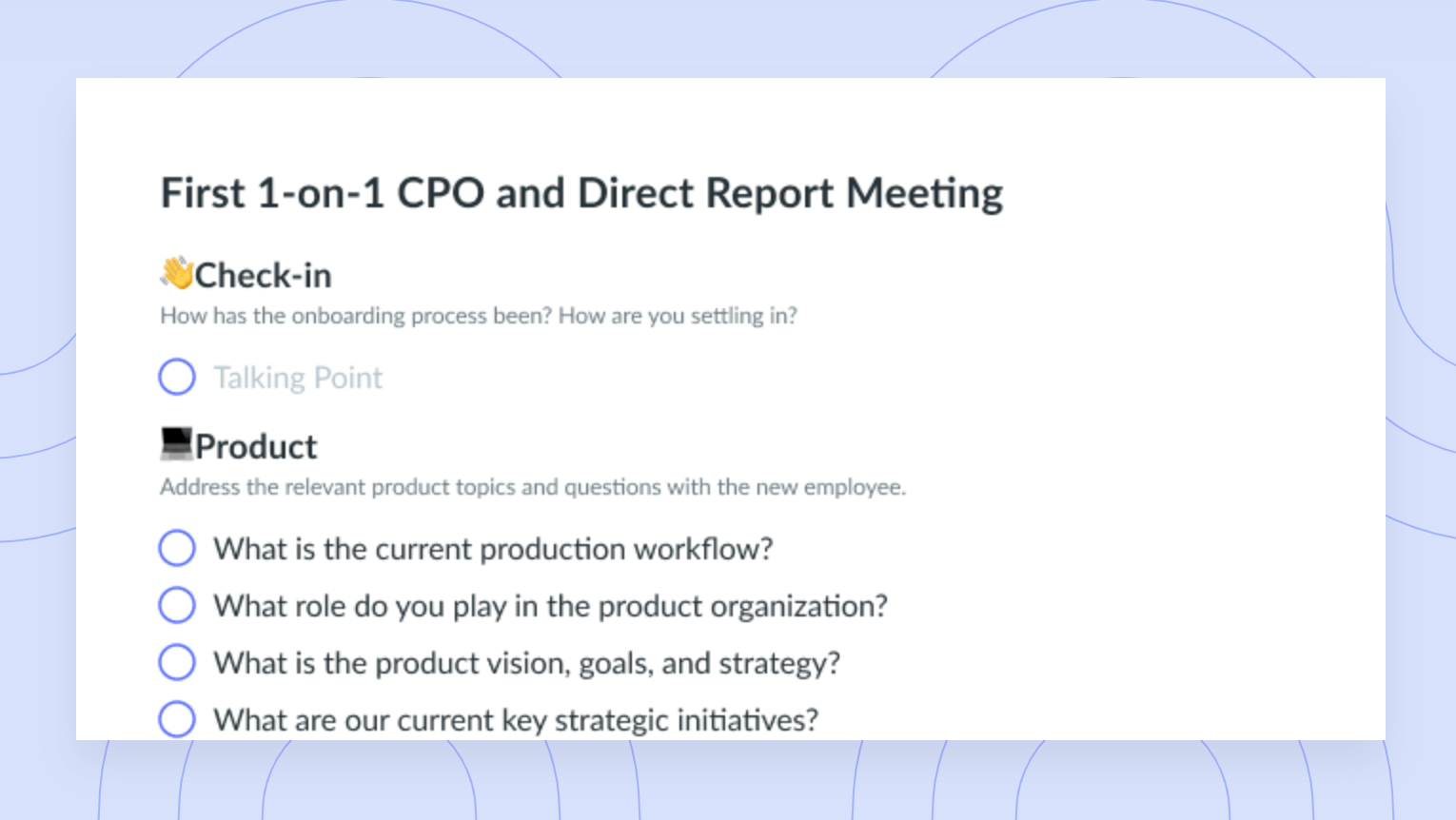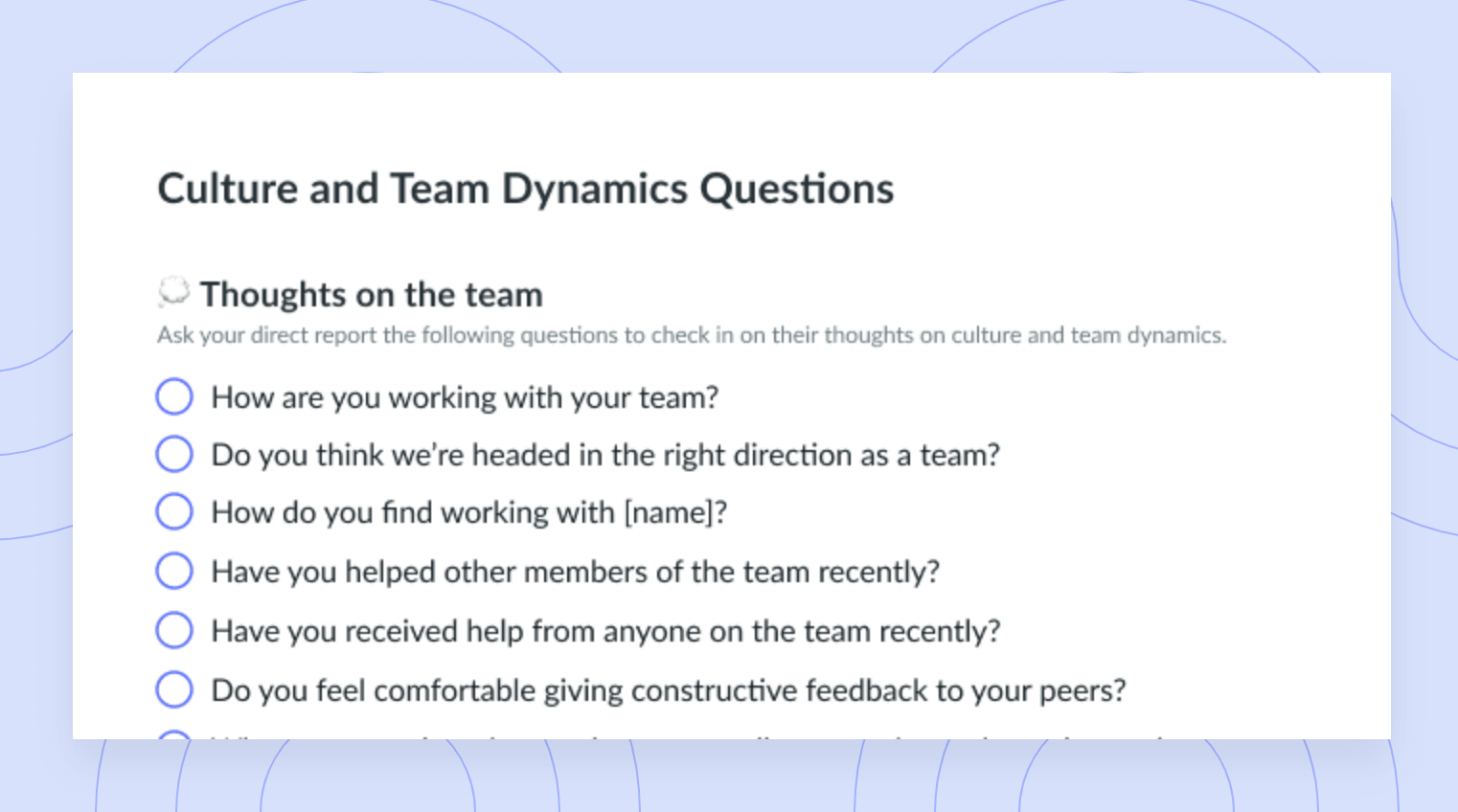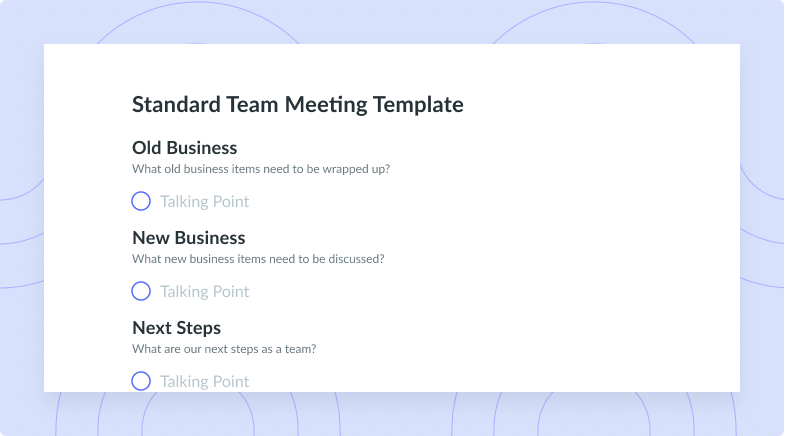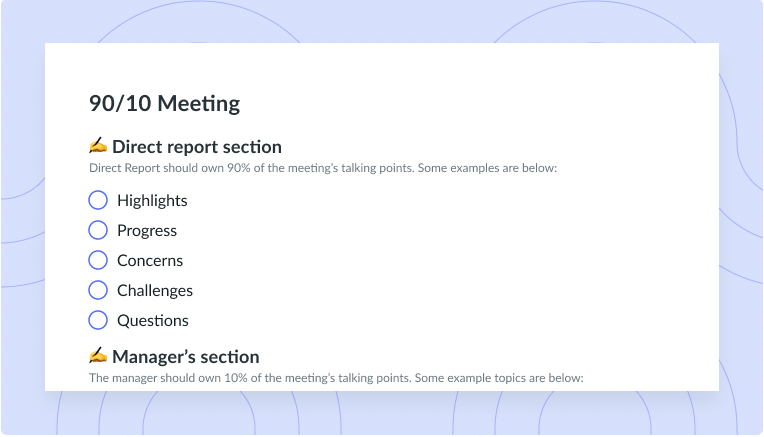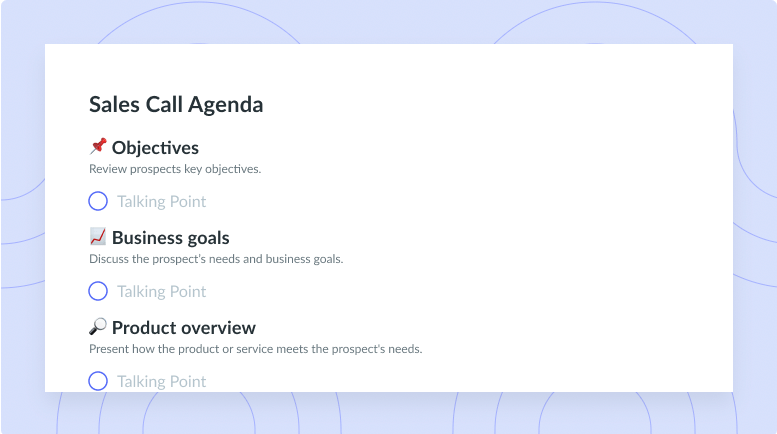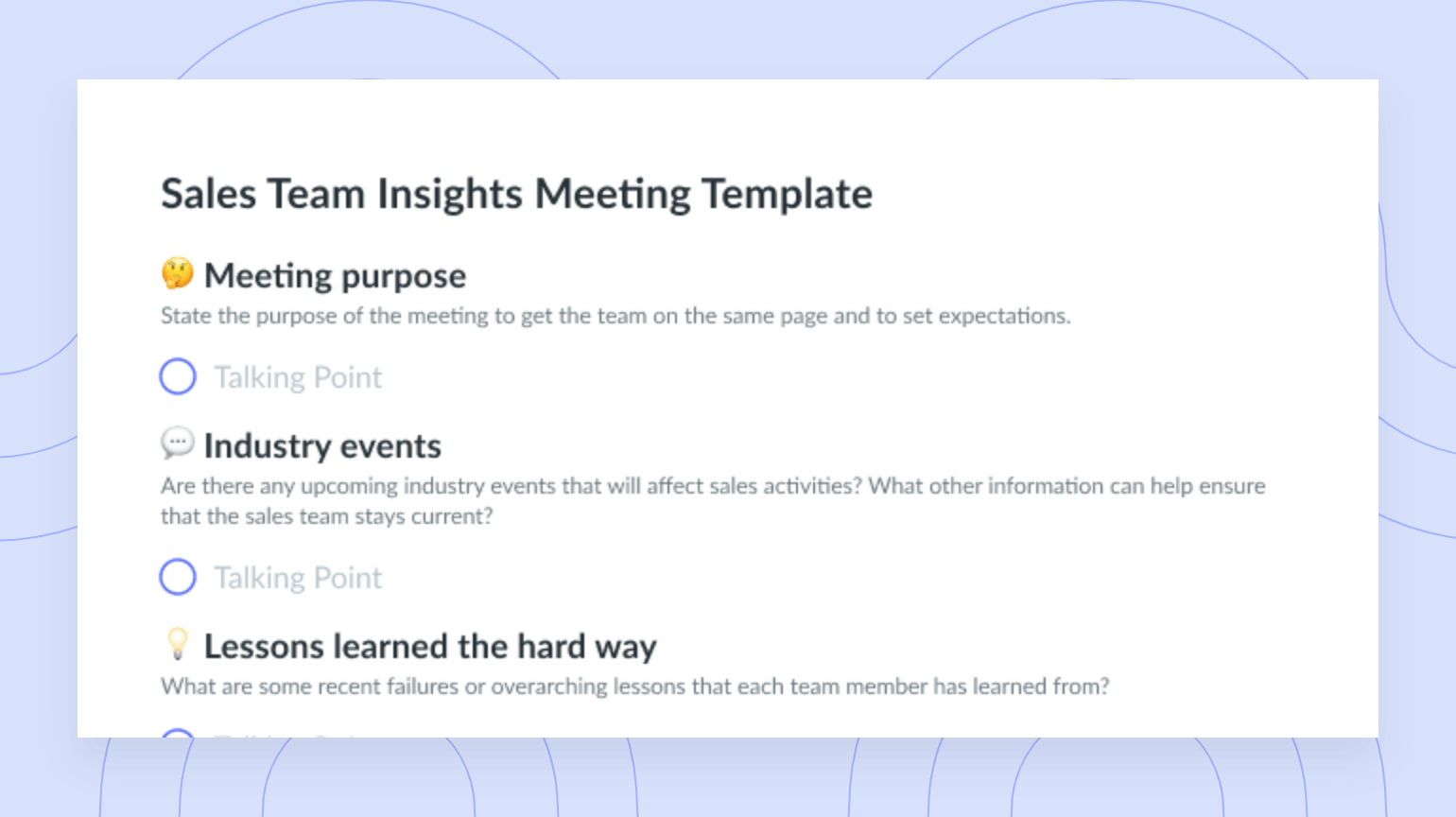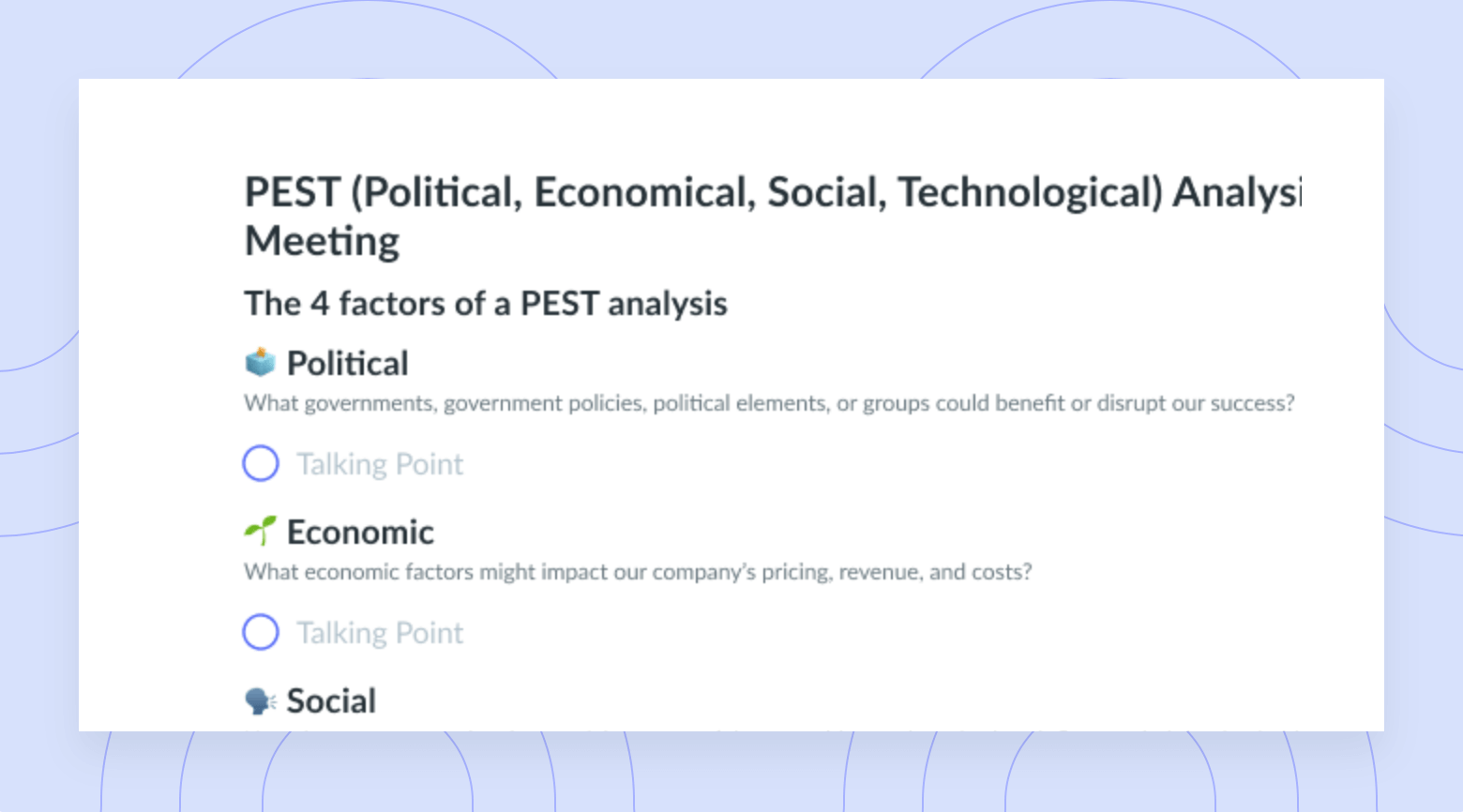The Importance of Self-Awareness, Empathy, and Diversity with Nicola Paganelli of Global Fashion Group
How a Chief Product Officer prioritizes hiring and motivating people on his team.
Whenever you try a new app, software, or product, do you ever think about the people who built them?
The “people” side of product is a side that seems to be less visible. But (for the most part) you don’t have a product without the people who build them. And not just that – there’s finding the right people, training and development, and even fostering a great culture.
With years of managing and building teams, Global Fashion Group’s CPO – Berlin, Nicola Paganelli appreciates just how important people are in developing a product – and almost more importantly how crucial these people are to the success of your company.
In this edition of the #ManagementHeroes series, we sat down with Nicola to discuss:
- Best practices to hire a diverse team
- The importance of self-awareness in leadership
- Managing more experienced people
- Strategies to get to know and motivate your team
Here are five best practices and leadership lessons that Nicola has developed over the years:
- Finding the Right People
- The Importance of Self-Awareness
- Managing More Experienced People
- Understanding Your Team’s Motivations
- Diversifying Culture
1 Finding the Right People
Nicola reflects that one of his biggest learnings is the importance of spending time finding the right people. And not just the most highly qualified. While that’s important, it’s also about finding people who you enjoy spending time with and people who are willing to give more than 100%.
These people are crucial to success. If you’re a sports fan, you’ve probably seen the examples of all-star players coming together and failing to work together, as their success is not determined solely by the sum of their individual talents.
“If you are a genius at whatever you do, but you are unable to work together with other people, you won’t succeed in an organization,” said Nicola.
In order to find individuals that work well with others, Nicola’s team has added different steps to their hiring process. There are now more people involved with different perspectives. And it’s crucial to involve their future team in the interview process.
“You need to bring up the team,” said Nicola. “At least a few of them need to meet and interview the person that will manage them or work with them. Stop hiring without the team in the middle.”
When hiring managers, Nicola suggests not focusing solely on the hard skills but instead, the way they can lead:
“You shouldn’t just bring in people because of their hard skills,” said Nicola. “You bring people because of their ability to bring people together, lead people.”
2 The Importance of Self-Awareness
Arguably, by the time one starts their career, they have an idea about how they work best, their general preferences, or what they really don’t like. One of these areas is communication preferences. For Nicola, he’s aware that he understands things best when they are written down. So Nicola encourages his team to write things down – noting that it’s easier for revision, helps with institutional memory, and writing makes you think twice.
Chinwe Esimai argues that self-awareness “arms you with knowledge and enables you to make better choices”. But this doesn’t help anyone if these insights are shared. So when an employee starts, Nicola lets them know his communication preferences in a “Manager READ-ME”. It’s a one-page document to set new employees up for success and give them a better understanding of how Nicola works.
“I send them a one-pager with my principles,” said Nicola. “It’s really nice because they start with a better understanding of your leadership style. And they are not scared about making a wrong move with you.”
For Nicola, the learning never stops. He reads a lot of content from thought leaders in the Product space, such as Marty Cagan and Adreessen Horowitz.
“I listen, I read a lot and try to apply and synthesize these learnings with my team. Sometimes if you listen to people learning for a lifetime, it really helps you.“
3 Managing More Experienced People
Sometimes as a manager, you might find yourself in a situation where you are managing someone with more experience than you.
Julie Zhuo found herself in that situation working at Facebook. At first, she felt underqualified. How could she manage people older who were arguably more skilled? However, while watching the Olympics – Zhuo made an observation. Usain Bolt, the world’s fastest man, is coached by someone who does not run faster than him. She came to the conclusion that:
“Being a design manager doesn’t mean that you’re the ‘best designer’ any more than being a running coach means you’re the ‘faster runner’. The roles are just different.”
In these situations, Nicola’s advice is to respect their expertise. If the people are working at a good company, odds are they are good people. They are probably not looking for a mentor or career advice. Instead, the relationship might be more servant-leader and strategic than telling them exactly what to do.
Nicola advises giving them a bit of autonomy and freedom to do their jobs.
Zhuo has similar advice stating “Don’t pretend to be perfect” and to “Welcome the opportunity to learn from senior reports”. And having a different perspective can help frame the problem in a different way. Nicola is still asked about his approach to problems by some former direct reports.
On a practical level, Nicola recommends to “listen, listen, listen”.
“Build trust and also give them the chance to show you that they are good at what they do right away,” said Nicola. “And try to listen and understand because most of the time you won’t know as much as they do. So you better listen and consider them a lot in your decisions.“
4 Understanding Your Team’s Motivations
It sounds super simple, but what has been great for Nicola’s one-on-one meetings is a note framework. It’s just a basic template with space for both talking points and action items in Fellow:
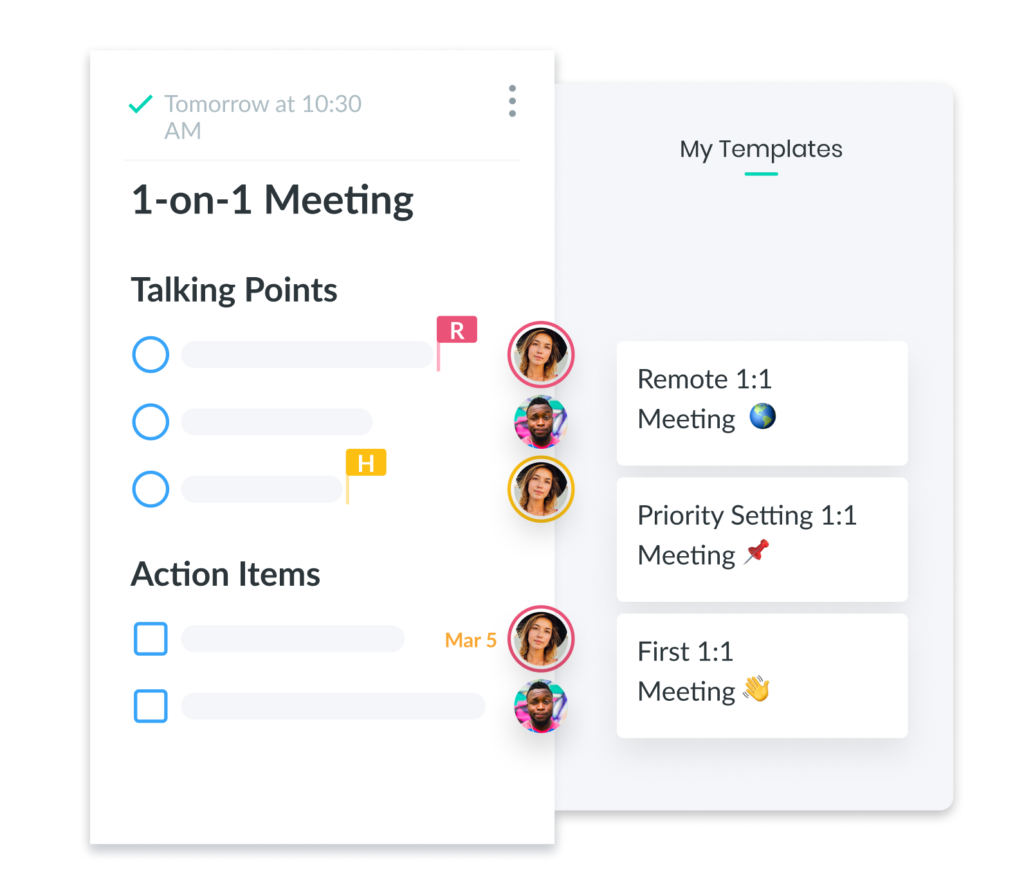
Nicola’s direct reports may prepare differently for one-on-ones. But at its core – it’s simply talking.
(If you are struggling with what to write, take a peek at this list of one-on-one questions!)
One of Nicola’s biggest takeaways from these recurring one-on-one meetings is that if you work with the same team throughout the years, it’s important to acknowledge their changing motivations and external factors.
While someone right out of school is motivated by the title or money, more seasoned people have more to juggle. But if you build relationships early, it’s much easier to make those observations.
“You need to perceive what they want and what their motivations are,” said Nicola. “The more you build that relationship, the more you’ll know. We’re all human, and if you want to keep your team close, you need to care about them.”
5 Diversifying Culture
The term “bro-culture” probably brings various examples, traits, and stereotypes to mind. Even if you haven’t had the opportunity to experience “bro-cultures”, there are examples galore in the media. Nicola comments that earlier in his career, he experienced similar cultures.
“We saw that this wasn’t working, especially when you grow into a more mature company, because you need to consider many other things and interactions with others,” said Nicola. “We needed to change the theme and people’s attitude towards that culture.“
As his previous company grew, Nicola noticed that the culture needed a change. At first, it was a bit difficult to get buy-in from the team for a shift in the style of culture. Nicola notes that what they needed was more of an evidence-based approach – the goal is to show the team a new way of doing things and help change people’s attitudes and show them proof that it works.
“You need to shift your own culture as Product,” said Nicola. “You need to upgrade yourself from the old ways of doing product to the new ones, you need to bring the team along with it.”
Now Nicola emphasizes the importance of diversity and “thinking about inclusion and conversations and the way you communicate.” He encourages diversity in the hiring process – especially involving more women and people of diverse backgrounds.
The Product department is more than just the technical side of the product. Leaders like Nicola embrace the people side to build and support their team and ultimately create a successful product that people can benefit from.










